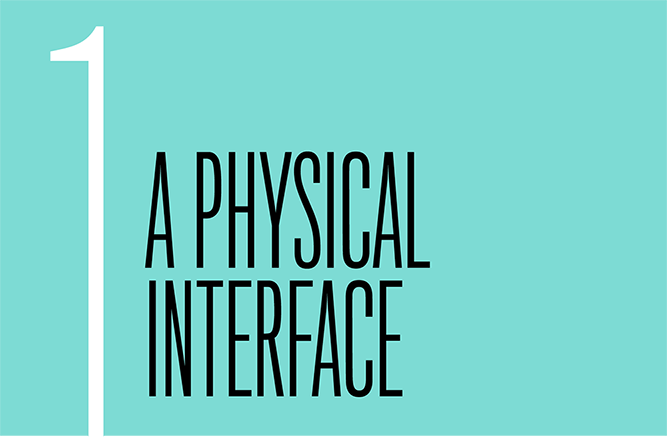
THE NEW PHONE WAS A MARVEL, the brainchild of a renowned tech company. It worked in a wholly different way from what came before, yet still charmed novices and technophiles alike. Industry observers called it intuitive, efficient, even fun. The gadget quickly became a status symbol, owned by a select few. As time went on, nearly everyone got one, and we now find its operation so natural that we can barely imagine phones working any other way.
The year was 1963, and the device was Bell Telephone’s Touch Tone phone.
A push-button interface replaced the rotary dial, introducing the keypad to millions. As familiar as it seems now, the layout wasn’t ...
Get Designing for Touch now with the O’Reilly learning platform.
O’Reilly members experience books, live events, courses curated by job role, and more from O’Reilly and nearly 200 top publishers.

